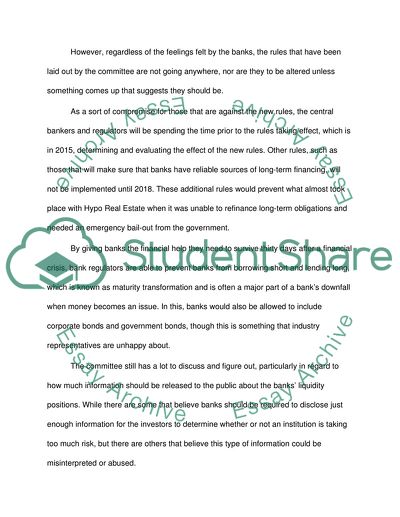Supervising Banks Liquidity Article Example | Topics and Well Written Essays - 500 words. Retrieved from https://studentshare.org/finance-accounting/1742446-the-name-of-article
Supervising Banks Liquidity Article Example | Topics and Well Written Essays - 500 Words. https://studentshare.org/finance-accounting/1742446-the-name-of-article.


